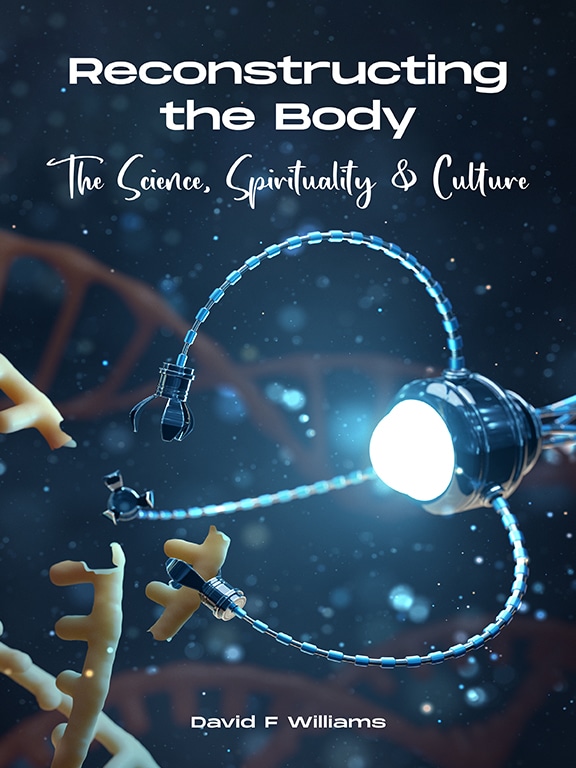- It is quite possible for an individual’s quality of life to be so low in very early years that a significant single medical intervention could provide a permanent improvement (line 1, Figure 5). For example, in the rare genetic condition, cerebral adrenoleukodystrophy12, gene mutations lead to a loss of function of the ALD protein, with demyelination of nerves and neurodegeneration, this loss of neurologic function giving severe disability and early death. Recent gene therapy clinical studies have involved the infusion of autologous cells transduced with the elivaldogene tavalentivec lentiviral vector into affected children; these have shown that patients have been kept alive with no major functional disability at 24 months after infusion. Just to be clear, I will normally avoid reference to early clinical studies that “show promise’ in later parts of this book in order to concentrate on therapies that have significant supportive data but use this example here to demonstrate this type of critical event.
Figure 5. Variations in relationships between Quality of Life and Age; 1 – Early life-saving intervention, 2 – Catastrophic but not fatal event, 3 – Life prolonging intervention
- The precipitous decline in line 2 of Figure 5 that suggests that apparent imminent death may not actually result in death but zero quality of life, i.e., coma, or, at most, a level marginally above zero, for example being bed-ridden and requiring round-the-clock attention. It is possible for some to consider this a negative quality. The question arises as to how much effort or resource should be expended to raise that line from zero+1, to, for example, zero+10; hard choices for all concerned.
- A central theme here is whether medical intervention should be used to extend the quantity of life rather than improve the quality, as in line 3 of Figure 3. It is a critical tenet of this essay that quantity may be increased as, but only as, a secondary consequence of improved quality.

